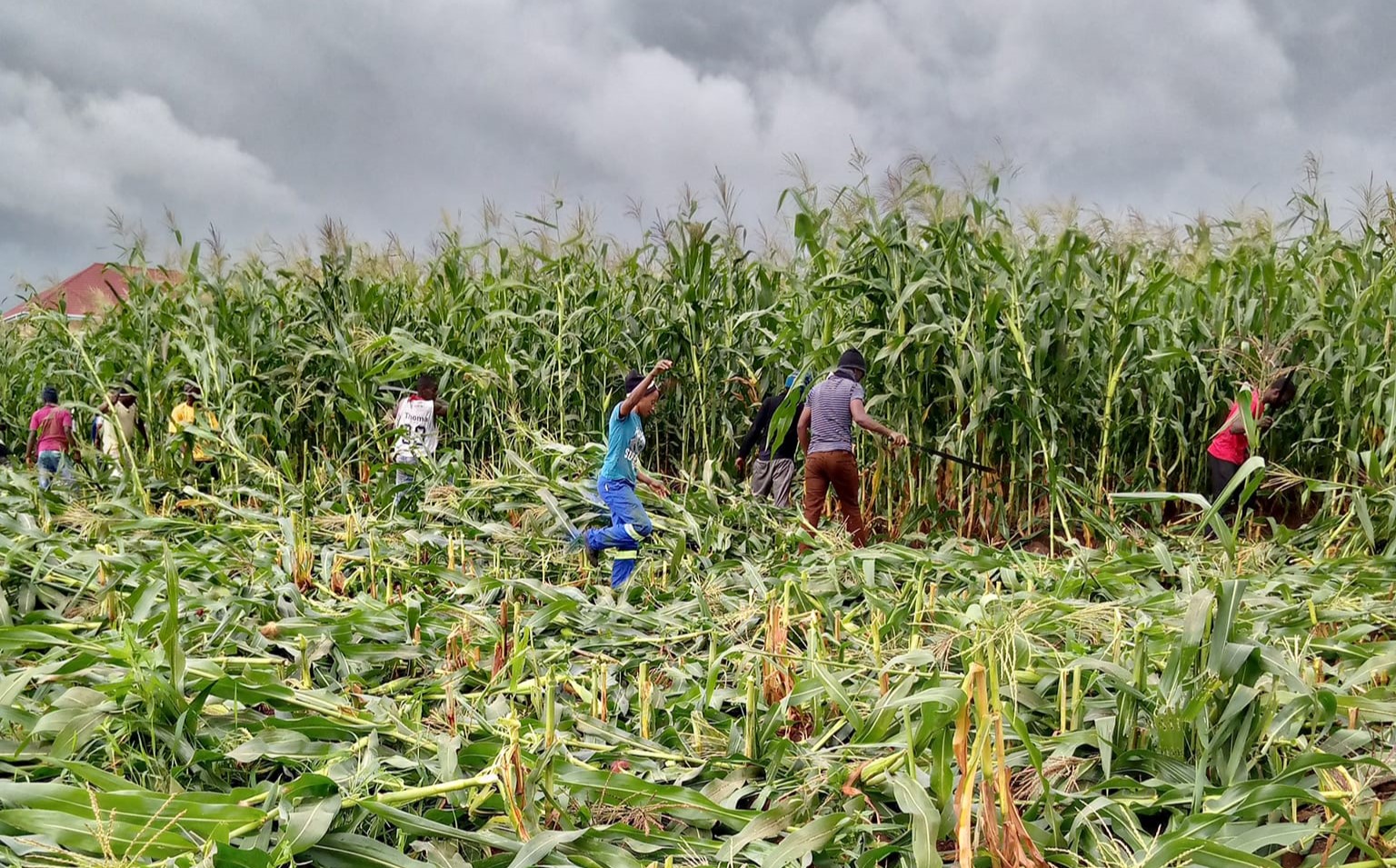Negative growth now inevitable
Businesses are retrenching, says the Employers Consultative Association of Malawi (Ecam). Capacity utilization has fallen sharply, according to the Malawi Confederation of Chambers of Commerce and Industry (MCCCI).
With the Reserve Bank of Malawi (RBM) raising the policy rate in May this year from 12 percent to 14 percent, borrowing has become more expensive, leaving much less to spend, let alone invest.
In fact, with the latest headline inflation rate (year-on-year) standing at 24.6 percent as of July this year, the policy rate, which is 10.6 percentage points below inflation, is bound to rise if only to keep up with the general rise in prices.
This will crowd out the private sector further and depress output. With food inflation, at 32.5 percent and nearly double non-food inflation at 17.5 percent, the outlook does not look so well.
Clearly, Finance and Economic Affairs Minister Sosten Gwengwe’s enthusiasm when he presented his maiden budget back in February was ill-calculated, naïve even.
Back then, Gwengwe had projected that growth would maintain an upward trajectory, hitting 4.1 percent in 2022 supported by expansion in education, food and accommodation, transportation, construction as well as wholesale and retail sectors. This year’s projection was slightly above the 3.9 percent growth in gross domestic product (GDP) chalked last year, compared to the 0.8 percent in 2020, the lowest growth rate since the recession of 2011.
The higher growth rate came on the back of relaxation of the Covid-19 preventive measures as countries worldwide, including Malawi, started administering mass vaccinations to curb transmissions.
Thus, the Lazarus Chakwera administration had hoped to build on that optimism to deliver higher growth. But by June this year, RBM had seen the writing on the war and sharply cut this year’s projected output growth to 1.7 percent from 4.1 percent.
Mining and quarrying, accommodation and food services sector, transportation, wholesale and retail, health, agriculture, electricity, water and gas and manufacturing, were the main drivers of the 3.9 percent growth registered last year.
But this year, these are the same sectors that could just push the economy into recession.
Take the electricity, gas and water sectors, for example. After declining from 7.9 percent in 2019 to 4.7 percent in 2020, the sector grew by 3.6 percent in 2021 “mainly on account of the rehabilitation of the machines, commissioning of the solar power plant, and the opening of Tedzani Hydroelectric Power Plant which added 80 Megawatts to the national grid”, says the 2022 Malawi Government Economic Report. As for the water sub-sector, there was a boost in production on account of the resources from the World Bank amounting to US$2.5 million to assist water utility bodies in recovering from the Covid-19 pandemic.
The sector also benefitted from the approval of the proposed tariff adjustment and expected reduction in Non-Revenue Water from 53 percent to an average of 41 percent, says the report.
But this year, the sector is in a mess, with power in the national grid dropping to as low as 82 megawatts—which just around 20 percent of the electricity that should be available in the country—as most producers went off line. Since the water boards rely on electricity to pump water, their supply capacity is heavily compromised now.
At its highest performance, the national grid only manages to get 256 megawatts these days, cutting into revenue.
Already, Electricity Supply Corporation of Malawi says it is nearly insolvent while Power Market Limited and Energy Generation Company have seen their revenue shrinking around them—they are in negative growth territory, yet they are the main players meant to help the sector grow by 4.9 percent
Manufacturing was projected to grow by 4.7 percent in 2022 from 4.3 percent last year on the assumption that the receding Covid-19 would improve supply chains, thus enable companies to import essential raw materials for production.
But while the administration has brought the pandemic under control, electricity blackouts have disrupted production, frustrating output efforts. Moreover, while the sector was able to resort to diesel-powered generators to sustain production albeit at high operational costs, even that expensive alternative is now in jeopardy as fuel shortages have hit the country. Then there is the foreign currency shortage, which has made it harder for companies to import raw materials. Even those raw materials found locally have had a setback. Being an agro-based economy, most manufacturers also rely on raw materials sourced domestically from the agriculture sector, but the decline in agricultural productivity this year has cut availability of inputs required for manufacturing. The manufacturing sector is bleeding from the wounds inflicted by these multiple problems.
The construction sector is suffering from a fate similar to manufacturing, especially when it comes to raw materials, most of which are imported and need forex as well as smooth supply chains to bring them to Malawi. That has proved to be a massive challenge. And now with the shortage of fuel, which drives the sector, we can only expect the worst in the construction industry this year just as very little should be expected from the transportation and storage services with these endless fuel queues. Whole and retell is not just suffering from forex shortages, but also plunging consumer confidence as prices of goods and services soar amid dwindling real incomes.
And I haven’t even touched on what is happening in the most influential crop and animal production sector currently panting under record fertiliser prices and God knows what climatic catastrophes are in stall.
This, I am afraid, is the year of negative growth.




One Comment